Akita Prefecture
Where is Akita?
Akita Prefecture is situated in the Tohoku region of Honshu, Japan’s largest island.
It borders Iwate Prefecture to the east, Aomori Prefecture to the north, and Yamagata and Miyagi Prefectures to the south.
The prefecture is named after the city of Akita which serves as the prefectural capital.
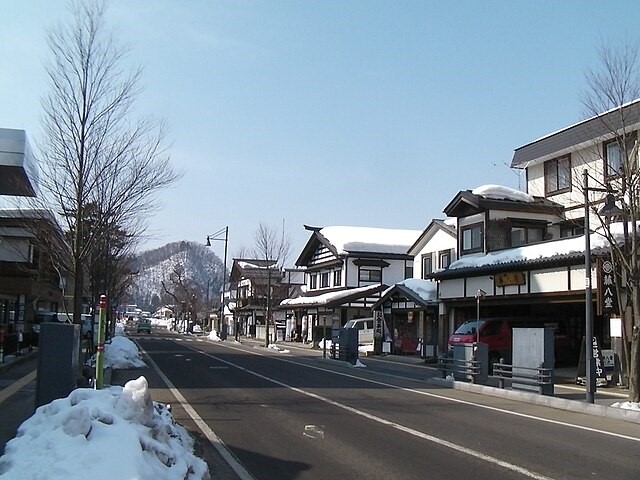
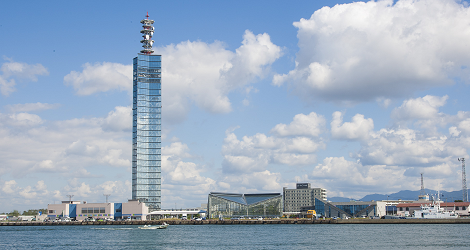
Other areas of significance in Akita include Semboku, Kakunodate and Yokote.
What is Akita known for?
Akita Prefecture is well known as the home of the Akita Inu breed of dog, a powerful and loyal working dog.
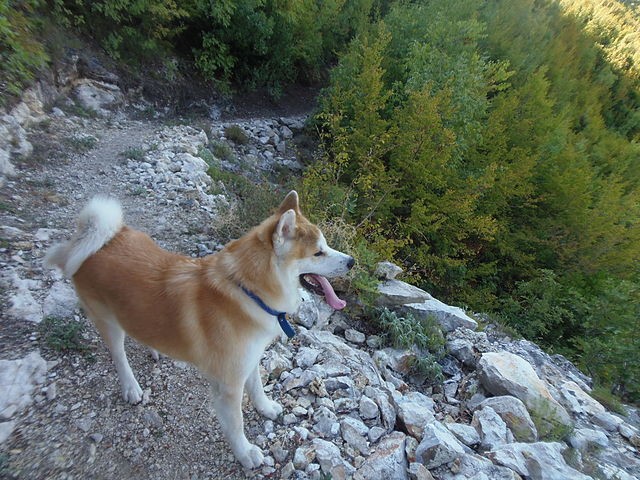
Akita Prefecture is also well known for cultivating rice including the local akitakomachi variety.
Kiritanpo, a tube of roasted rice often covered in miso paste, is a popular local dish made using this rice.
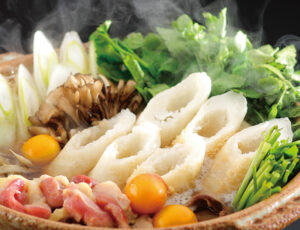
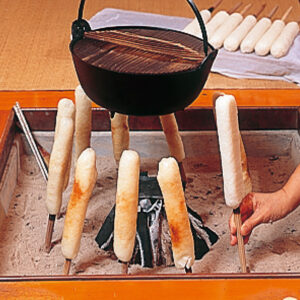
Another variety of rice, sakekomichi, is used heavily in brewing high quality sake and many towns in Akita have a local sake brewery.
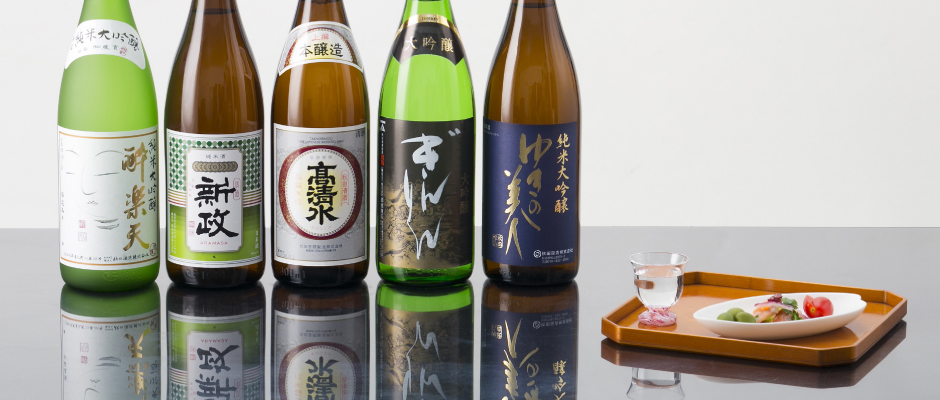
Where should I visit in Akita?
Many visitors to Akita Prefecture will choose to base themselves in either Akita City or Semboku due to their location on the main trainline.
Akita City is located close to the midpoint of the western coast of the prefecture. As the main transportation hub in the prefecture, its location is beneficial for those seeking day trips or travel throughout the area.
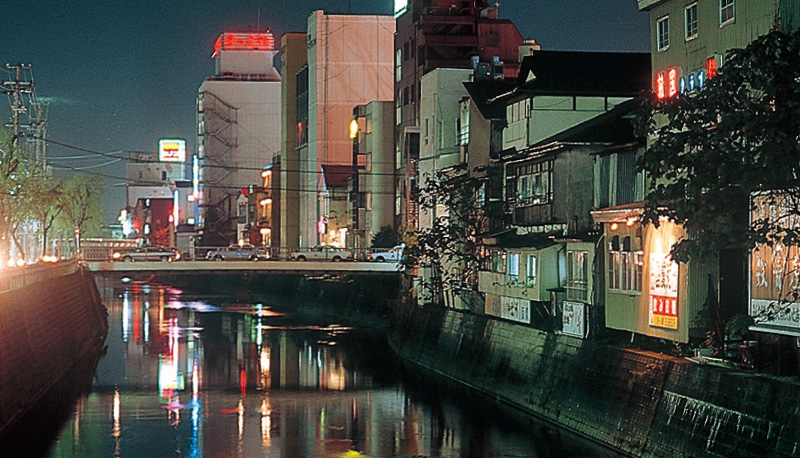
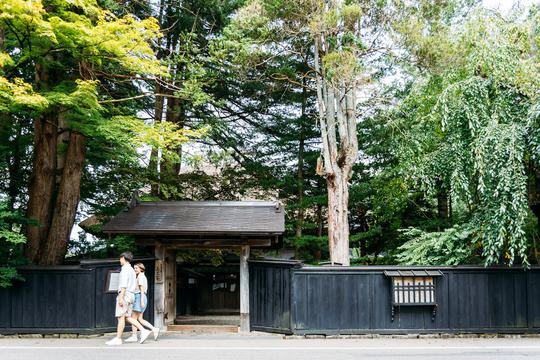
The city of Semboku contains Kakunodate, a town full of well preserved Samurai-era buildings nicknamed “The Little Kyoto of Tohoku”.
The Nyuto Onsen area is about 1 hour outside of Semboku and features a variety of onsen hot springs, spa lodges and inns nestled amongst stunning mountain scenery.
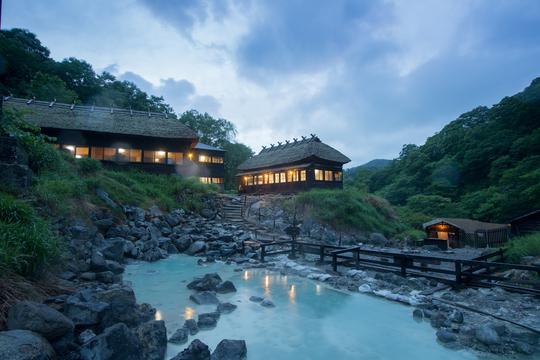
Akita Prefecture is host to a large number of festivals throughout the year and the Kamakura festival in Yokote, which features small igloo style buildings called Kamakura, is a popular winter attraction.
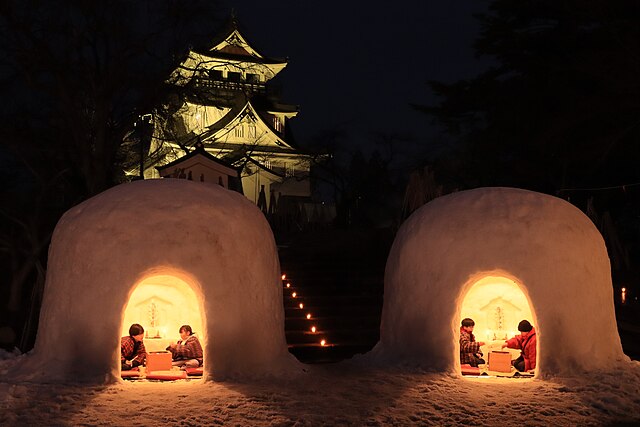
When is the best time to visit Akita?
The best time of year to visit Akita Prefecture will largely depend on your interests.
Visitors who enjoy milder weather would benefit from visiting Akita in spring or autumn.
Spring (April to May) sees cherry blossoms in full bloom, mild temperatures and generally pleasant weather.
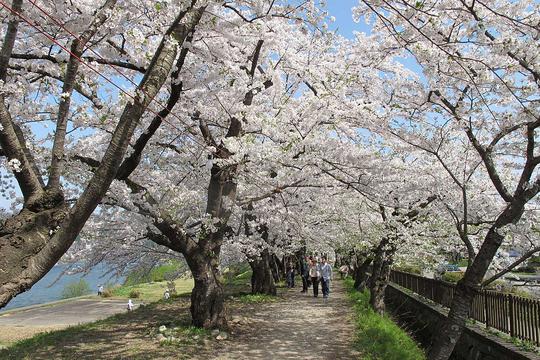
Summer (July to August) is hot and humid, but is perfect for hiking, camping, and enjoying the lakes and rivers of the prefecture.
Autumn (September to November) also sees mild temperatures while colorful autumn foliage creates stunning landscapes in the mountain and forest areas of the prefecture.
Winter (December to March) can be very cold and come with significant snowfall and harsh conditions. This weather influences the unique festivals that take place in winter such as the Kamakura festival in Yokote.
All Events in Akita
Tours and Activities in Akita
None found.
Where should I stay in Akita?
Choosing where to stay in Akita prefecture will depend on your budget, interests/itinerary, and preferred travel style.
Budget travelers will likely be more comfortable looking for accommodation in Akita City as options from Japan’s budget hotel operators such as APA Hotel Akita Senshu Koen or Dormy Inn Akita may not be available in the smaller towns and cities of Akita.
Visitors seeking luxury accommodation will benefit from seeking out resorts and onsens in the Semboku area such as Kashintei Shirahama.
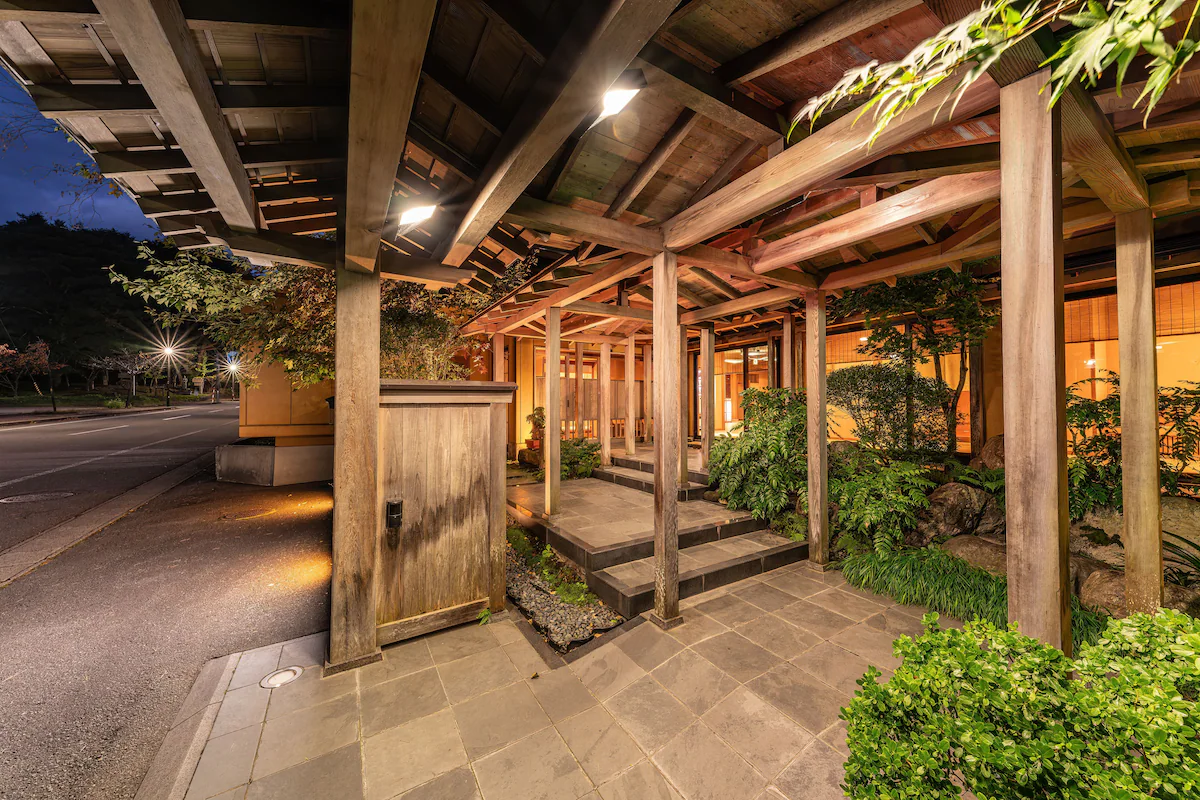
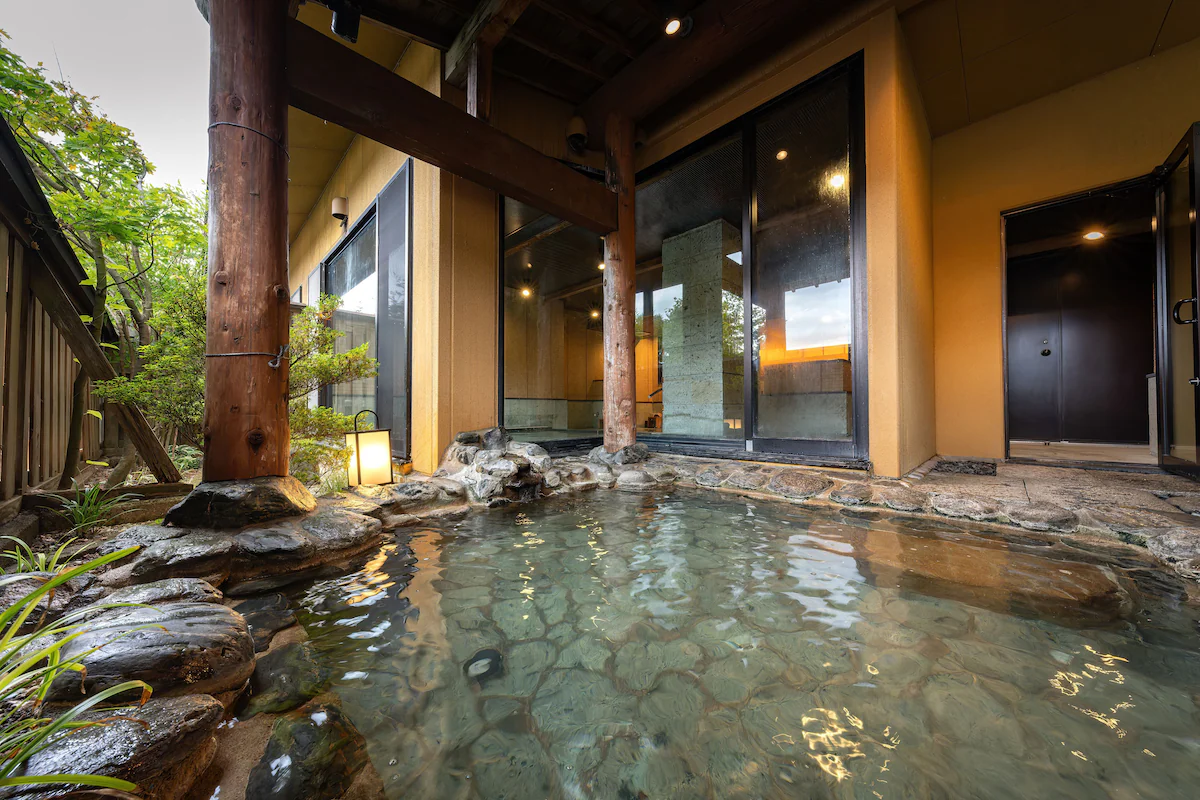
While somewhat isolated from larger cities and towns in the prefecture, the spa lodges and traditional Japanese inns (ryokan) of Nyuto Onsen may be attractive to those interested in a uniquely Japanese experience.
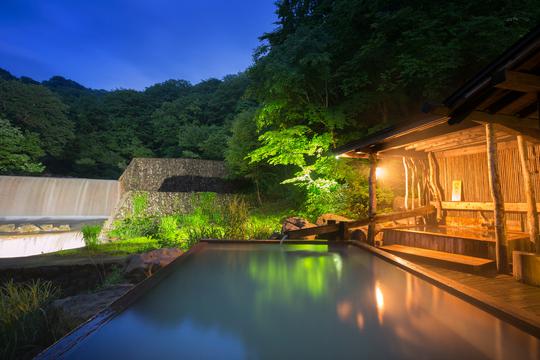
It is worth noting that few people speak English in Akita and the local Akita-ben accent can be significantly different to standard Japanese in rural areas.
When choosing accommodation, consider the location in relation to your planned activities.
Public transport in Akita is not as well developed or frequent as Tokyo or Osaka and more time will therefore be required to travel to any destination than in urban Japan.
How do I get to Akita Prefecture?
To reach Akita Prefecture, the most convenient methods are by train, bus or air.
The Akita Shinkansen departs Tokyo Station and Akita Station every hour and stops at Ueno, Omiya, Sendai, Morioka, Shizukuishi, Tazawako, Kakunodate and Omagari before reaching Akita station.
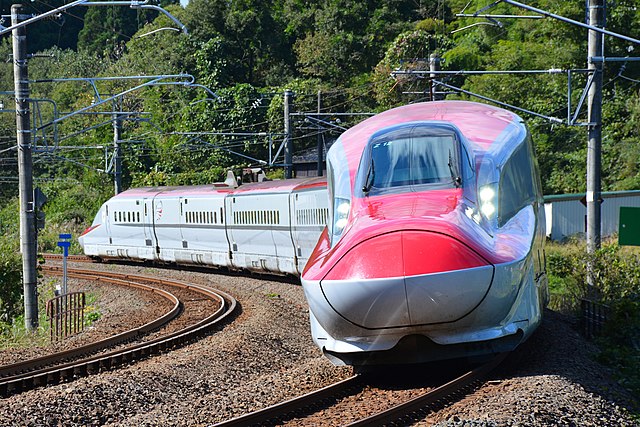
Sleeper Trains heading to Aomori from Tokyo, Osaka and Kyoto also stop in Akita.
The Akebono sleeper train departs from Ueno in Tokyo while the Nihonkai sleeper train can be used by visitors from Osaka or Kyoto.
Various overnight bus services from Tokyo operate on a daily basis between Akita and the Tokyo area.
JR Tohoku Bus services to Akita operate from Yokohama and Tokyo stations while Odakyu Bus runs services between Shinjuku and Akita.
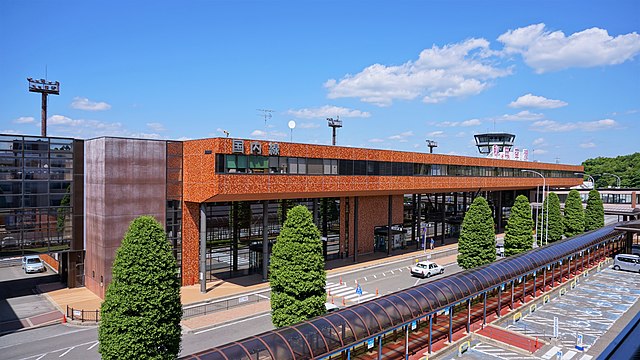
Domestic flights to Akita Airport and Odate-Noshiro Airport operate from airports in Japan’s major cities including Tokyo, Sapporo, Osaka and Nagoya.
No tags for this post.